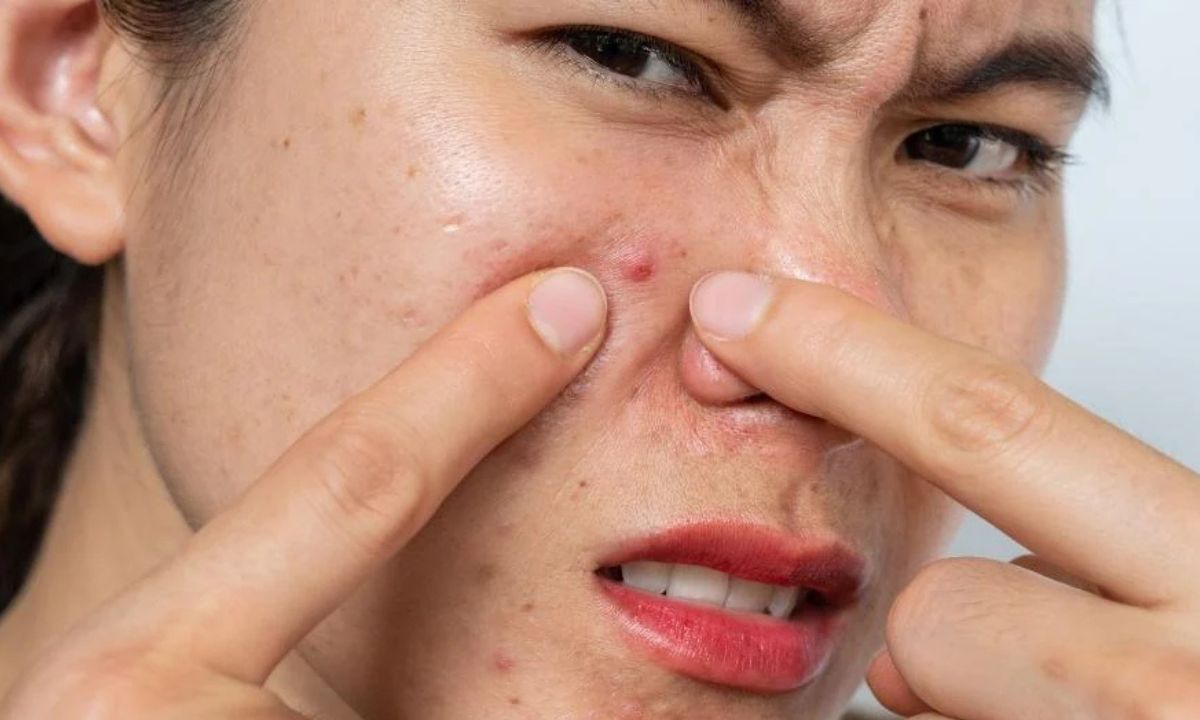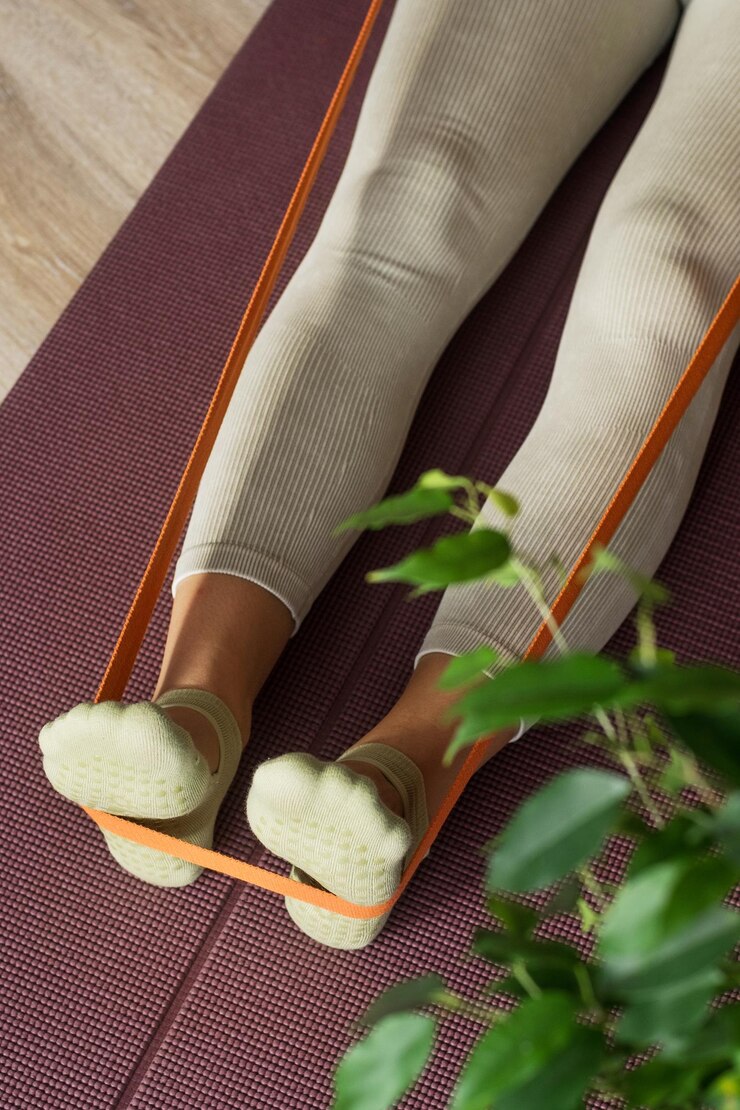The rainy season brings with it lush greenery, cooler winds, and that cozy chai-weather vibe—but for oily skin types, it also signals the arrival of some major skin challenges. The high humidity and dampness can trigger excess oil production, clogged pores, and sudden breakouts.
If your skin feels greasy even after cleansing, or if your pores look more visible than usual, it’s probably the humidity messing with your skin’s balance. The good news? You can prevent monsoon breakouts and manage shine effectively with a few skincare tweaks.
Let’s explore how to keep your pores clear and your skin fresh, hydrated, and breakout-free all through the rainy season.
Why Does Your Skin Feel Oilier in Monsoon?
Humidity causes your sweat glands to go into overdrive. Combine that with oily skin, and you get:
- Sticky, sweaty skin that feels constantly greasy
- Dirt and pollutants clinging to your face
- Pores clogged with sebum, sweat, and grime
- Increased chances of acne, blackheads, and enlarged pores
When your pores get clogged, your skin can’t “breathe” properly, leading to dullness, texture issues, and more blemishes than usual.
Why Pores Get Clogged in Monsoon
Humidity traps moisture in the air, which increases perspiration. For oily skin types, this creates a recipe for overproduction of sebum. When sweat and sebum mix on the skin’s surface, they can settle into your pores—especially if not cleansed properly—causing them to clog.
Common signs of clogged pores in monsoon:
- Shiny or greasy T-zone
- Enlarged-looking pores
- Increased blackheads or whiteheads
- Acne or bumpy texture
The good news? These issues are manageable with a few simple but effective changes to your skincare routine.
Rainy Season Skincare: Your Go-To Solutions
1. Gentle Yet Deep Cleansing
Start and end your day with a gentle but effective cleanser. It should remove excess oil, dirt, and sweat without stripping your skin of essential moisture. Harsh cleansers may over-dry your skin, triggering more oil production.
Ideal ingredients to look for:
- Salicylic acid (for deep pore cleansing)
- Glycolic acid (for mild exfoliation)
Pro tip:
At night, consider double cleansing—starting with a lightweight oil or micellar water followed by your regular face wash. This helps dissolve sunscreen and monsoon grime more thoroughly.
2. Use a Pore Minimizing Serum
If your pores appear larger and more visible during monsoon, a pore minimizing serum can help refine your skin texture and keep oil production in check.
Benefits of a pore minimizing serum:
- Regulates excess sebum
- Tightens the appearance of large pores
- Prevents dirt and oil buildup
- Helps reduce breakouts over time
Look for a serum formulated with niacinamide, which is known for its ability to calm inflammation, minimize pores, and strengthen the skin’s natural barrier. Apply it after cleansing, both morning and evening, for best results.
3. Don’t Skip Moisturizer – Choose Wisely
One of the biggest mistakes people with oily skin make is skipping moisturizer, especially in humid weather. But dehydration actually triggers your skin to produce more oil.
What you need is a moisturizer for oily skin—a lightweight, gel- or water-based formula that delivers hydration without making your skin feel greasy.
Choose a moisturizer that:
- Is oil-free and non-comedogenic
- Absorbs quickly
- Helps maintain hydration balance
- Leaves a matte or shine-free finish
This will keep your skin calm and balanced, reducing the risk of overproduction of oil and clogged pores.
4. Exfoliate, But Don’t Overdo It
Exfoliating helps slough off dead skin cells that would otherwise settle into your pores. But doing it too often—especially in monsoon—can irritate your skin and disrupt its barrier.
Best practice:
Exfoliate 1–2 times a week using a gentle chemical exfoliant containing BHA (like salicylic acid). These penetrate deep into pores, clearing out oil and debris without the abrasion of physical scrubs.
5. Keep It Clean—Face, Hands, and Accessories
Breakouts in monsoon can also result from poor hygiene habits. Keeping your skin clean doesn’t just mean using the right products—it also involves everyday precautions.
Daily hygiene tips:
- Clean your phone screen regularly (it touches your face!)
- Avoid touching your face with unwashed hands
- Change pillowcases and towels frequently
- Tie hair back to avoid oil transfer from scalp to skin
These small changes go a long way in reducing the risk of clogged pores and breakouts.
Simple Monsoon Skincare Routine for Pore and Oil Control
Morning:
- Gentle cleanser
- Pore minimizing serum
- Moisturizer for oily skin
- Lightweight, oil-free sunscreen
Evening:
- Cleanser
- Pore minimizing serum
- Moisturizer for oily skin
- Optional: Spot treatment or overnight acne gel
This routine helps control oil, tighten pores, and protect your skin barrier—all without overwhelming your face with heavy or pore-clogging formulas.
Final Thoughts
Oily skin in monsoon doesn’t have to mean frustration and breakouts. The key is to maintain hydration while keeping sebum and dirt from congesting your pores. A consistent, thoughtful routine with a pore minimizing serum and a moisturizer for oily skin can help you stay one step ahead of monsoon skin woes.
With just a few smart swaps and mindful skincare habits, you can say goodbye to monsoon-induced greasiness—and hello to clearer, smoother, more balanced skin that stays fresh no matter how humid it gets.
ALSO READ: Tips to Control Excess Oil and Prevent Breakouts During Rainy Season










